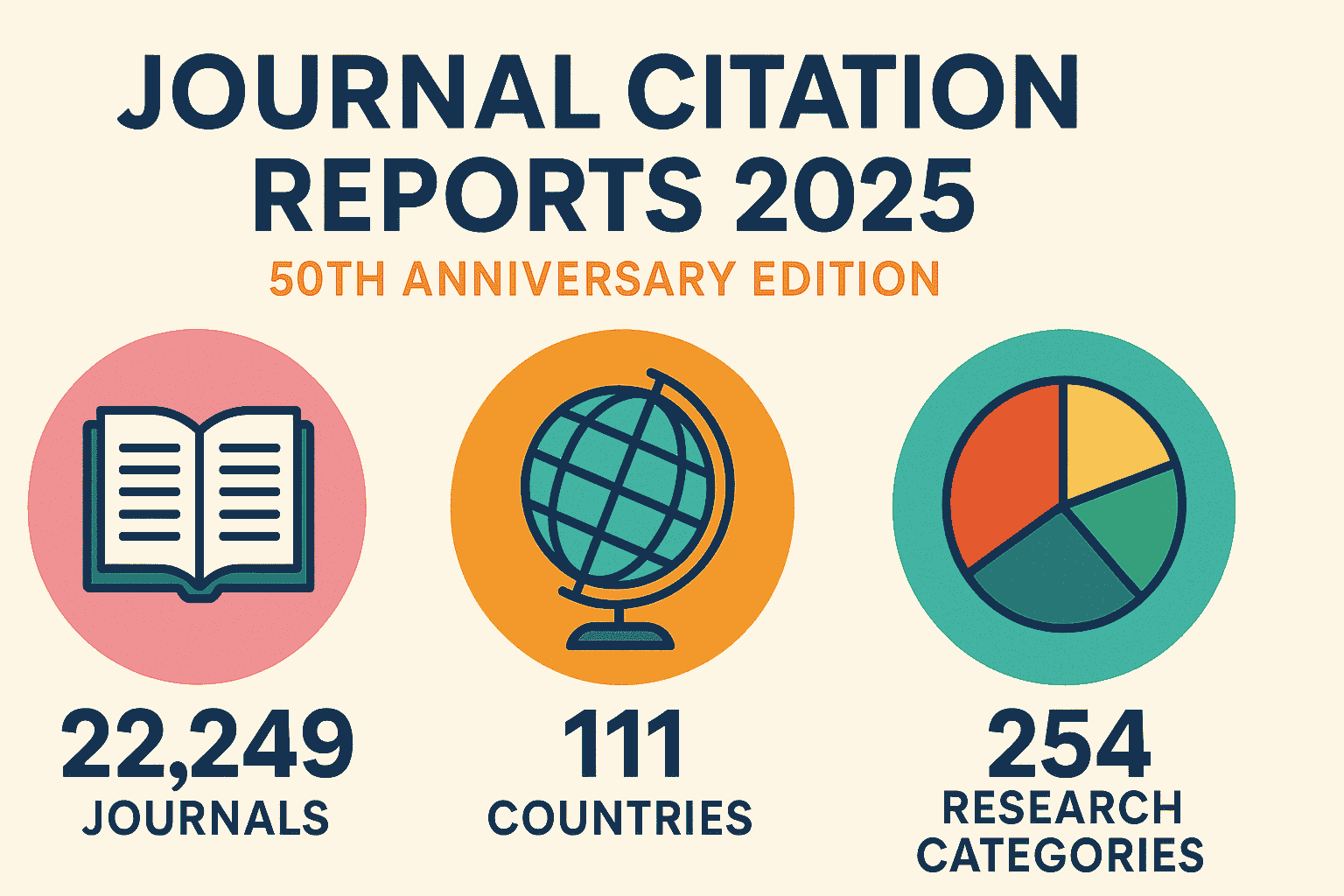Flow Cytometry Detailed Protocol
Flow Cytometry Detailed Protocol
Flow cytometry is a technique used for counting, examining, and sorting microscopic particles/cells suspended in a stream of fluid. Here is a detailed protocol for a typical immunofluorescence flow cytometry experiment:
1. Sample Preparation: This could range from a simple cell suspension to a complex multistep process.
a. Cell Harvest: Harvest the cells of interest from the culture or tissue using appropriate enzymatic or mechanical methods to get a single-cell suspension.
b. Washing: Wash cells in Buffered Saline Solution (BSS), e.g., PBS, to remove the residual medium and enzymes. This is usually done by centrifugation.
2. Staining for Flow Cytometry: Here, cells are labeled with specific fluorescent markers, which can be detected by the flow cytometer.
a. Blocking: Incubate cells with an Fc receptor blocking agent (e.g., CD16/CD32 mAb) to prevent non-specific binding.
b. Direct Staining: Incubate cells with directly conjugated antibodies, usually 0.1–10 μg/ml of the primary labeled antibody (antibodies that are tagged with a fluorescent dye). Dilutions, if necessary, should be made in the FACS buffer. Leave in the dark at 4°C for 30 minutes to an hour, and this step will require optimization. The usual conjugated markers are -FITC, -PE, live/dead dyes such as 7aad, etc. Please read the manual for selecting antibody panels based on the flow cytometer being used.
c. Wash Cells: This important step eliminates excess antibodies. Wash them thrice for 5 minutes at 1250–1500 rpm/350–500 x g, then resuspend them in 200 μl to 1 ml of ice-cold FACS buffer. Until the moment of analysis, store the cells in the refrigerator at 4 degrees Celsius (or on ice) in the dark.
Alternatively, secondary antibodies labeled with the fluorescent dye are added for indirect staining, which binds to the primary antibody after washing.
3. Flow Cytometer Setup and Compensation:
a. Set up the machine and configure it for the experiment. This includes setting the detectors and filters for each fluorescent dye used.
b. Compensation is required when multiple dyes are used to correct for spectral overlap. Use negative, single positive, or FMO (fluorescence minus one) controls for compensation, especially for bigger panels (involving more than 10 colors and so on).
4. Sample Acquisition:
a. Resuspend cells in an appropriate buffer.
b. Pass through a mesh to remove clumps and load into the flow cytometer.
c. Start the machine and begin data acquisition. Individual cells are detected, and their fluorescent intensity is measured.
d. Acquiring at least 10,000 events is recommended to ensure statistical significance.
5. Data Analysis:
Analyze the data using flow cytometry software. This includes plotting the data (such as FSC/SSC, Live/Dead, Singlets, and so on), gating cell populations of interest, and estimating the percentage of cells in each population.
6. Cleaning the Flow Cytometer:
a. Run cleaning fluid (typically a 10% bleach solution) through the flow cytometer to remove residual cells and dyes.
b. Then rinse thoroughly with distilled water to remove residual bleach.
7. Result Interpretation and Reporting:
Interpret the results in the context of your experiment (using FCS Express or Flowjo software) and report your findings appropriately.
Note: Please remember that the exact protocol can vary based on the specifics of the cell type and research question.
This protocol is an overview and should be adapted to specific experimental conditions. Please follow all manufacturer instructions and lab safety protocols.
FACS Buffers
Cells suspended in ice-cold FACS Buffer (PBS, 0.5–1% BSA or 2-10% FBS based, 0.1% NaN3 sodium azide, and EDTA)
Further Description of FACS Buffers and their Functions
The quality of the recovered cells during sorting may be vastly improved with just minor adjustments to the FACS acquisition buffer, which addresses issues of viability, auto-fluorescence, and non-specific labeling. The five components of a FACS buffer are as follows.
1. Ca/Mg2+-Free PBS
Cation-dependent cell adhesion is inhibited, and clumping is avoided when these ions are absent. Reduced autofluorescence and improved nozzle performance are two benefits of a debris-free single-cell suspension.
2. Add Some FCS (1%–10%) Or BSA (0.1–1%)
When exposed to serum proteins, cells are protected against apoptosis, non-specific staining, and adherence to the FACS tubes. However, as serum may induce autofluorescence, the optimal serum level should be determined by preliminary testing.
3. Include EDTA (0.5–5 MM).
EDTA should be included in the buffer when working with sticky and adherent cells like macrophages since it inhibits cation-based cell-to-cell attachment. However, EDTA should be titrated first since it may be cytotoxic and/or cytocidal at high concentrations.
Dead cells leak their contents, including DNA, into the medium, which might cause cell clumping and other issues if DNase I (25–50 g/Ml) isn’t added. Adding DNaseI to the FACS buffer is recommended if there is a large proportion of dead cells in the sample (ideally, the dead cells should be eliminated, but if that is not possible owing to low cell counts, DNaseI may be used as a substitute).
5. Mix with some sodium azide (0.1–1%).
At appropriate low concentrations, sodium azide inhibits antibody shedding, reduces photobleaching of fluorochromes, and controls bacterial contamination. To prevent cell toxicity and death, the optimal dose of EDTA should be investigated in a pilot study.
How do you fix cells for later use?
After primary antibody incubation for 30 min at 4 degrees, instead of resuspending cells in 200 μl to 1 ml of ice-cold FACS buffer, add 100 μl 1-4% paraformaldehyde and incubate for 10-15 min at room temperature if you need to maintain cells for many days or examine human, infectious materials, or bacteria. Before resuspending your samples in cold PBS, centrifuge them at 1250–1500 rpm for 5 minutes. Fixation will neutralize most biohazardous compounds, slow down or stop the degradation of your samples, and keep them in usable condition. The user must fine-tune the quantity of fixative used for various sample types.
Cells should be analyzed on the flow cytometer as soon as possible for the best results.
Same-day analysis is highly recommended. Resuspending cells in 1-4% paraformaldehyde prevents them from degrading during long-term storage (16 hr) and gives you greater freedom when scheduling your cytometer use.








